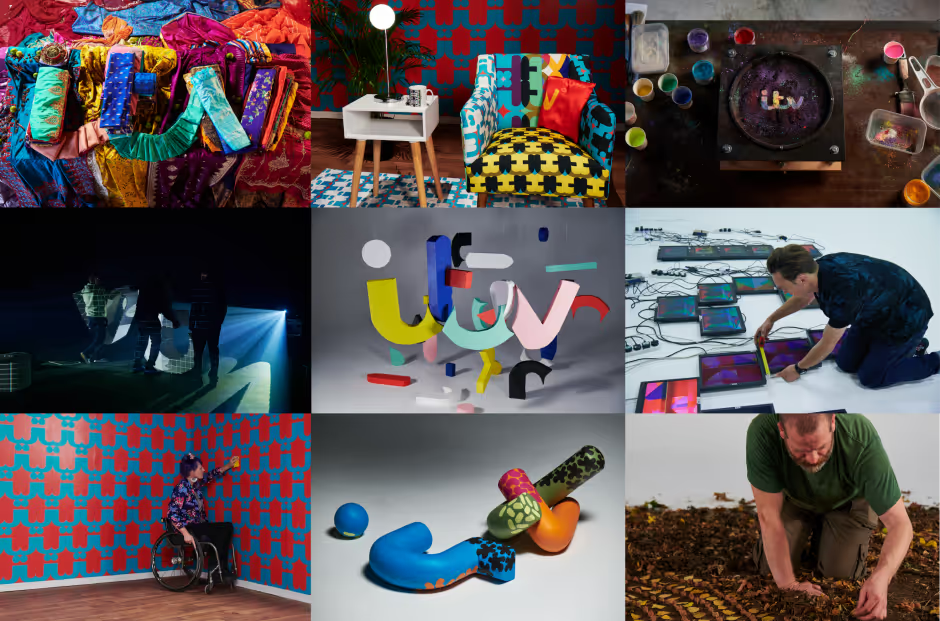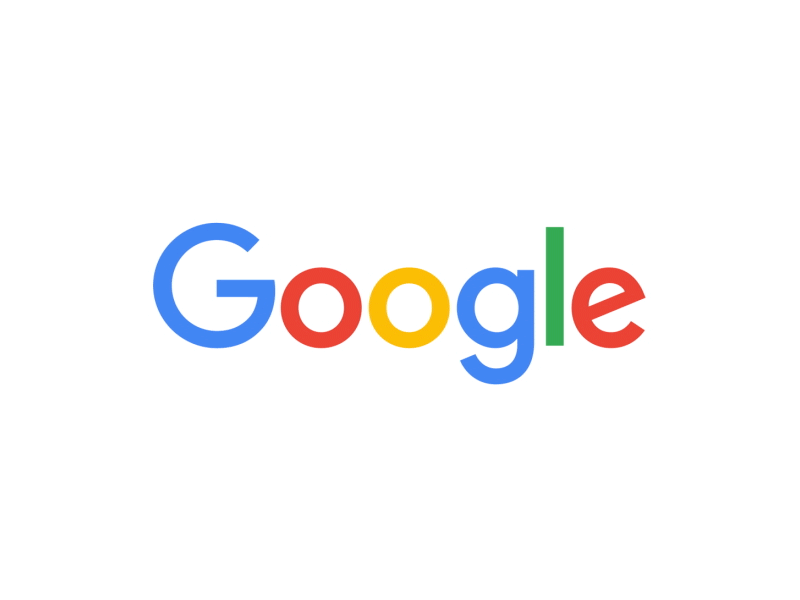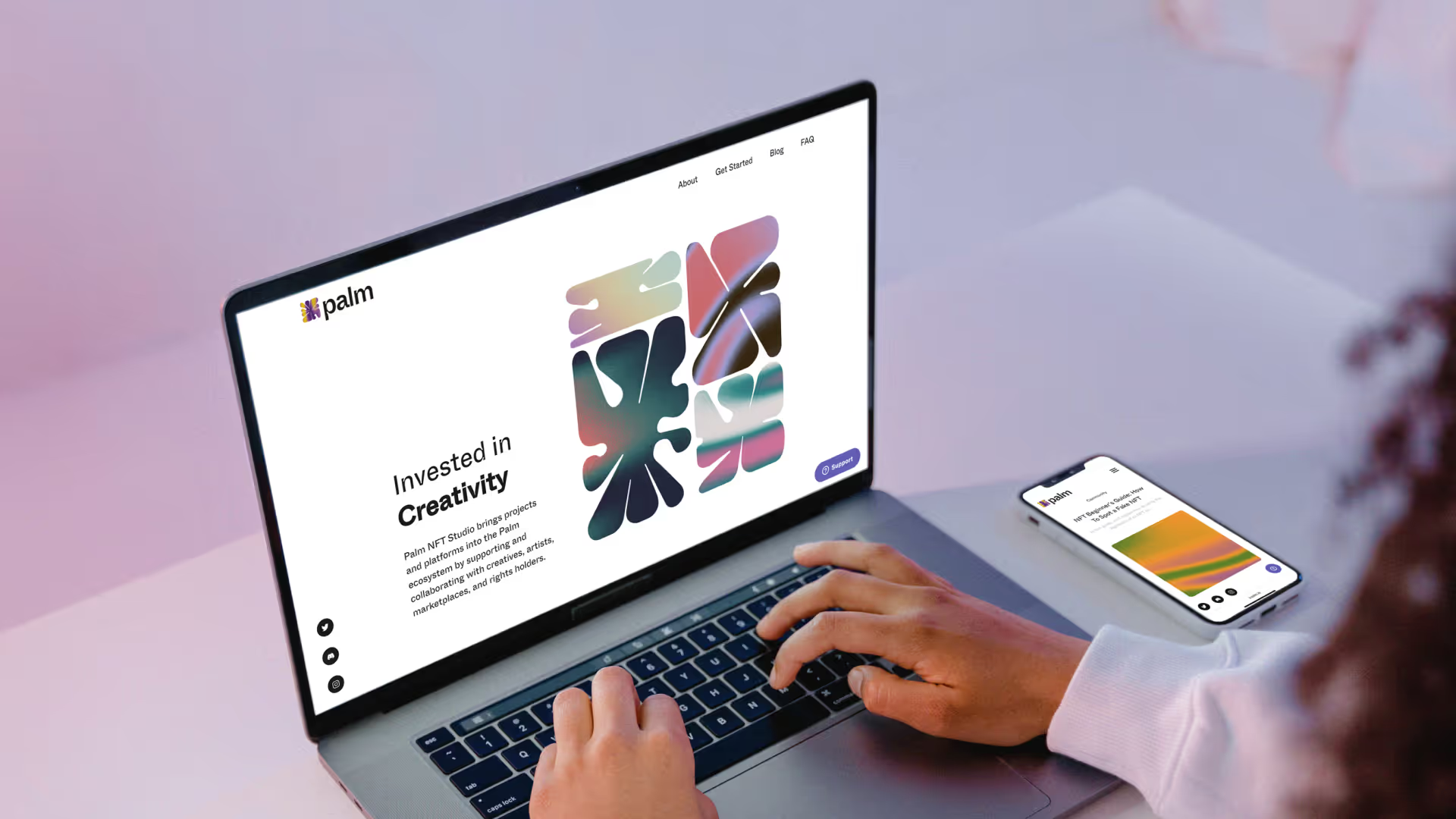Branding represents a new growth opportunity in the B2B world as innovative companies step away from outdated corporate identities, repositioning their brands to connect with buyers on a more personal level.
Each day we encounter between 4,000 – 10,000 brand messages and in 2020 that number is set to rise. With competition for consumer mindshare greater than ever and tolerance for poor brand communications at an all time low, understanding and acting on the latest corporate identity and branding trends is a vital step towards gaining (and maintaining) a competitive edge.
In recent years animation and custom graphics have dominated the visual language of B2B businesses who finally acknowledged their audience are humans: tired of the generic cross-industry creative they have been exposed to for so long.
Alongside the continuation of these trends the new decade will see a number of new themes in the world of B2B Branding. Businesses that take heed will be sure to avoid falling off the brandwagon (sorry!) in the not too distant future.
1. Consistency is queen:
A recent Lucidpress study revealed consistent branding across all platforms and channels has been shown to increase revenue by an average of 33%. Large corporations have been championing the importance of brand consistency and brand compliance for years, but it will be an area of exploration for mid to small companies (including start ups) as we move into 2020. Expect to see an increased investment in cloud-hosted brand management software as employees across all job functions invest more hours into ensuring their output complies with brand guidelines. With 24/7 access to pre-approved assets these platforms arm employees with the tools and knowledge they need to create assets of their own. Removing unnecessary feedback loops and freeing up the brand team in the process.
2. Digital-first Logos:
Expect to see two (quite different) B2B branding logo trends for in 2020, so pick your side and do not look back. With dozens of household names recently stripping back their logos the minimalist approach of the last couple of years is here to stay – expect to see simplified lettering, reduced color options and basic logomarks.

On the other hand the mass adoption of digital will bring with it a wealth of fluid, playful and adaptable identities as brand looks to capitalize on the new formats available – a stark contrast to the aforementioned approach.

Although different in execution both trends share the same end goal – improved user experience with a specific focus on smartphones. Minimalist and fluid logos allow for a number of variants on the same creative which display brilliantly on smaller screens and marketing collateral. The same however cannot be said for OOH advertising – perhaps an early indication of future marketing budget allocation.
3. Green is the new pink:
A study by the University of Loyola reveals color can increase brand recognition by up to 80%. In recent years the importance of color has been recognised by businesses in both the B2B and B2C space. Blue has come to dominate branding in the tech industry, reds have been used alongside blue by those in healthcare and green has unsurprisingly become synonymous with renewables. This year expect to see (drum roll….) neomint!! Goodbye and good riddance millennial pink!

So why is neomint going to dominate our newsfeeds this year? For a start it combines well with warm, natural colors – terractora, sky blue and light greens, all predicted to be in favor with designers. It can also be said to combine traits that many businesses would like to embody: progressive, forward thinking, conscientious and of course organic. As is often the case it is likely B2C brands will be the first to take advantage of this new shade – but there is a real opportunity for B2B branding to stand out from the crowd by embracing this color trend as well. Could you be an early adopter?
4. Typography:

We’re excited for this one. Expect typographic selections in 2020 to break free from the safe options of the past. With brands competing for every nano-second of the users attention eye catching, dynamic typography is the new black – print centric fonts are a thing of the past with consideration needed to be given to new content forms: think GIFS, short form, and 3D. Expect to see more serifs and super-bold options across the B2B sectors.
5. Stock is (kind of) dead:
B2B designers rejoice! For too long we’ve been forced to scour the web looking for generic off-the-shelf images for websites, social posts and brochures. It’s time to get creative. Brands of the future recognize that to stand out personality and values must be reflected in their image choice. Custom illustrations will return to the B2B space in volume, a totally unique medium through which to tell your story.

Stock photos will be heavily altered and updated through color treatment, filters and graphic overlays. Every brand should strive to use totally imagery unique imagery, those that don’t risk going unnoticed amongst the custom content being created.
6. Icons will evolve:
The basic icon sets we know and love / hate are overused, many haven’t changed since Clipart and nothing drags us back to the 90s like a black and white graph vector. In the world of B2B icons serve a purpose and their function is unlikely to change, however their designs are limited only by our imagination making 2020 the year of custom iconography.
Be it for web, a deck or an interactive .pdf, unique brand-centric icons bring a custom feel to the work. They show a considered and consistent (see point 1) approach to content creation, one that demonstrates a commitment to professionalism and an attention to detail. In the next five years the majority of B2B branding will be using custom icon sets, if you’re looking to future-proof your brand consider developing one of your own.

Up until recently many B2Bs had neither the resources nor inclination to invest in their brands – seeing creativity and storytelling as a luxury afforded to B2C businesses. These trends are only a snapshot of what we can expect to see 2020 – but what we can say for certain is the importance of brand in B2B is finally being understood.
The influx of new players are bringing not only new products and services, but a new generation of employees – and therefore buyers – who place greater significance on the value of brand in the purchase decision. There are significantly more decision makers in the B2B buying process all with different needs. Not one of them leave their personalities and emotions at home when they go to work.
When presented with multiple varieties of the same solutions simply sharing the same rational product messaging as your competitors is not a differentiator. A considered story, refreshing content and distinctive identity are vital tools for getting yourself noticed, after all “humanity must not be lost in a tech-obsessed world.”
Branding represents a new growth opportunity in the B2B world as innovative companies step away from outdated corporate identities, repositioning their brands to connect with buyers on a more personal level.
Each day we encounter between 4,000 – 10,000 brand messages and in 2020 that number is set to rise. With competition for consumer mindshare greater than ever and tolerance for poor brand communications at an all time low, understanding and acting on the latest corporate identity and branding trends is a vital step towards gaining (and maintaining) a competitive edge.
In recent years animation and custom graphics have dominated the visual language of B2B businesses who finally acknowledged their audience are humans: tired of the generic cross-industry creative they have been exposed to for so long.
Alongside the continuation of these trends the new decade will see a number of new themes in the world of B2B Branding. Businesses that take heed will be sure to avoid falling off the brandwagon (sorry!) in the not too distant future.
1. Consistency is queen:
A recent Lucidpress study revealed consistent branding across all platforms and channels has been shown to increase revenue by an average of 33%. Large corporations have been championing the importance of brand consistency and brand compliance for years, but it will be an area of exploration for mid to small companies (including start ups) as we move into 2020. Expect to see an increased investment in cloud-hosted brand management software as employees across all job functions invest more hours into ensuring their output complies with brand guidelines. With 24/7 access to pre-approved assets these platforms arm employees with the tools and knowledge they need to create assets of their own. Removing unnecessary feedback loops and freeing up the brand team in the process.
2. Digital-first Logos:
Expect to see two (quite different) B2B branding logo trends for in 2020, so pick your side and do not look back. With dozens of household names recently stripping back their logos the minimalist approach of the last couple of years is here to stay – expect to see simplified lettering, reduced color options and basic logomarks.

On the other hand the mass adoption of digital will bring with it a wealth of fluid, playful and adaptable identities as brand looks to capitalize on the new formats available – a stark contrast to the aforementioned approach.

Although different in execution both trends share the same end goal – improved user experience with a specific focus on smartphones. Minimalist and fluid logos allow for a number of variants on the same creative which display brilliantly on smaller screens and marketing collateral. The same however cannot be said for OOH advertising – perhaps an early indication of future marketing budget allocation.
3. Green is the new pink:
A study by the University of Loyola reveals color can increase brand recognition by up to 80%. In recent years the importance of color has been recognised by businesses in both the B2B and B2C space. Blue has come to dominate branding in the tech industry, reds have been used alongside blue by those in healthcare and green has unsurprisingly become synonymous with renewables. This year expect to see (drum roll….) neomint!! Goodbye and good riddance millennial pink!

So why is neomint going to dominate our newsfeeds this year? For a start it combines well with warm, natural colors – terractora, sky blue and light greens, all predicted to be in favor with designers. It can also be said to combine traits that many businesses would like to embody: progressive, forward thinking, conscientious and of course organic. As is often the case it is likely B2C brands will be the first to take advantage of this new shade – but there is a real opportunity for B2B branding to stand out from the crowd by embracing this color trend as well. Could you be an early adopter?
4. Typography:

We’re excited for this one. Expect typographic selections in 2020 to break free from the safe options of the past. With brands competing for every nano-second of the users attention eye catching, dynamic typography is the new black – print centric fonts are a thing of the past with consideration needed to be given to new content forms: think GIFS, short form, and 3D. Expect to see more serifs and super-bold options across the B2B sectors.
5. Stock is (kind of) dead:
B2B designers rejoice! For too long we’ve been forced to scour the web looking for generic off-the-shelf images for websites, social posts and brochures. It’s time to get creative. Brands of the future recognize that to stand out personality and values must be reflected in their image choice. Custom illustrations will return to the B2B space in volume, a totally unique medium through which to tell your story.

Stock photos will be heavily altered and updated through color treatment, filters and graphic overlays. Every brand should strive to use totally imagery unique imagery, those that don’t risk going unnoticed amongst the custom content being created.
6. Icons will evolve:
The basic icon sets we know and love / hate are overused, many haven’t changed since Clipart and nothing drags us back to the 90s like a black and white graph vector. In the world of B2B icons serve a purpose and their function is unlikely to change, however their designs are limited only by our imagination making 2020 the year of custom iconography.
Be it for web, a deck or an interactive .pdf, unique brand-centric icons bring a custom feel to the work. They show a considered and consistent (see point 1) approach to content creation, one that demonstrates a commitment to professionalism and an attention to detail. In the next five years the majority of B2B branding will be using custom icon sets, if you’re looking to future-proof your brand consider developing one of your own.

Up until recently many B2Bs had neither the resources nor inclination to invest in their brands – seeing creativity and storytelling as a luxury afforded to B2C businesses. These trends are only a snapshot of what we can expect to see 2020 – but what we can say for certain is the importance of brand in B2B is finally being understood.
The influx of new players are bringing not only new products and services, but a new generation of employees – and therefore buyers – who place greater significance on the value of brand in the purchase decision. There are significantly more decision makers in the B2B buying process all with different needs. Not one of them leave their personalities and emotions at home when they go to work.
When presented with multiple varieties of the same solutions simply sharing the same rational product messaging as your competitors is not a differentiator. A considered story, refreshing content and distinctive identity are vital tools for getting yourself noticed, after all “humanity must not be lost in a tech-obsessed world.”



.svg)

.png)
.png)
.svg)